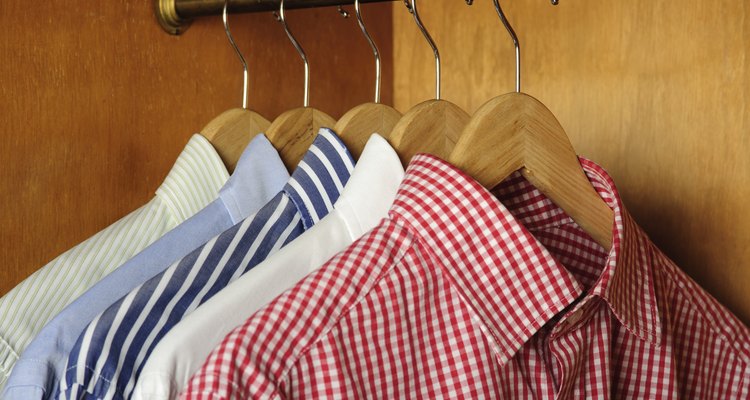
tommaso79/iStock/Getty Images
The name Arrow has come to represent the iconic man’s dress shirt, as well as the brand that now includes a stylish line of clothing and accessories for men, women and children. Popular across the world, Arrow has been around for more than 150 years, beginning with an idea credited to one woman in upstate New York.
Detachable Shirt Collar
The idea of man’s shirt having a detachable collar was invented in Troy, New York, in 1825. Hannah Lord Montague came up with the idea as a way to keep a shirt looking fresh and crisp without daily laundering. Soon, several companies in the area began manufacturing the collars, including Maullin & Blanchard. Cluett Peabody & Company acquired the company in 1885, and soon Arrow collars and cuffs were being widely distributed.
The Arrow Collar Man
Part of the Arrow collar popularity was the creation of the Arrow Collar Man by artist J.C. Leyendecker. This good-looking man, always dressed in the latest Arrow items, became one of the most recognizable brand icons of the time. President Theodore Roosevelt was among his many fans, and at the height of his popularity, the fictional Arrow Collar Man was getting up to 17,000 fan letters a day -- mostly from young women.
From Collars to Shirts
In the 1920s, men’s styles began changing. A more casual look was becoming popular, and the preference for shirts with attached collars was growing. At first, Arrow collars could only be purchased with an Arrow shirt. Eventually, Arrow shirts with attached collars were being exported all over the world. Cluett, Peabody & Company became extremely successful. They continued to rely on the Arrow Collar Man to represent their products until 1930. By that time, the Arrow brand also included men’s handkerchiefs, cravats, pajamas and underwear.
Sanforizing Process
One of the biggest problems with clothing up to this time was shrinkage. Clothes would continue to shrink after repeated washings. This particularly affected collars and cuffs. In the 1920s, as soft-collar shirts were rising in popularity, Sanford Cluett, a nephew of the company's founders, began working on a process that would virtually “preshrink” fabric -- a process called Controlled Compressive Shrinking. By 1930, the process was officially registered with the “Sanforized” trademark, and the company ceased all collar production in favor of shirts produced with this process. Soon the process was being licensed to other manufacturers and today, later generations of sanforizing are still being used worldwide for cotton-based fabrics.
Expanding the Line
During WWII, the company produced military uniforms. When the war ended, Cluett & Peabody further expanded the Arrow brand to include men’s pants, jackets and swimwear, as well as dress and casual shirts, especially those with the new button-down collar. In 1962, the Arrow Company was created as a division of Cluett & Peabody, with the mission to sell the Arrow line of products worldwide.
The Arrow Brand Today
Today Arrow remains a registered trademark of Cluett, Peabody & Co., Inc., which is a wholly owned subsidiary of the Phillips-Van Heusen Corporation. According to PVH, “Today Arrow is an authentic American lifestyle brand with a broad assortment of men's, women's and children's apparel and apparel-related products. Sold in over 55 countries worldwide.”
Related Articles
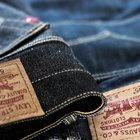
What Is the Difference Between Levi 505 ...

What Teenagers Wore in the 1940s
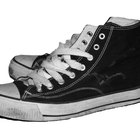
What Is the Meaning Behind the Converse ...

The History of Denim Jackets

The History of Tweed Perfume

History of Fila Shoes

Children's Clothes in 1910
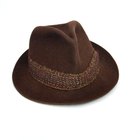
1950s Gangster Clothes

Levis Jeans Label History

The History of Cargo Pants

Interesting Facts About Vans Shoes

The History of Coppertone
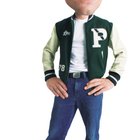
Letterman Jackets in the '50s
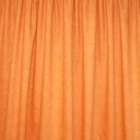
The History of Polyester Fabric
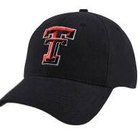
How to Wear New Era Hats

Clothing Ideas for a 1970s-Themed Party

The History of Coco Chanel

Marc Ecko Watch Instructions

The First Converse Shoe
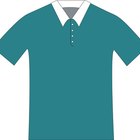
How to Iron Polo Shirts
References
Writer Bio
Noreen Braman has been writing professionally since 1987. She has contributed to publications such as "GRIT," "Modern Dad," "DayCare and Early Education," "Women’s Harpoon," "Priority Parenting," "New Brunswick Business and Entertainment Journal" and "NJ TechNews," as well as several fiction and poetry anthologies. Braman earned a special publishing certificate from the Institute of Children's Literature and a design certificate from the Sessions School of Design.
Photo Credits
tommaso79/iStock/Getty Images